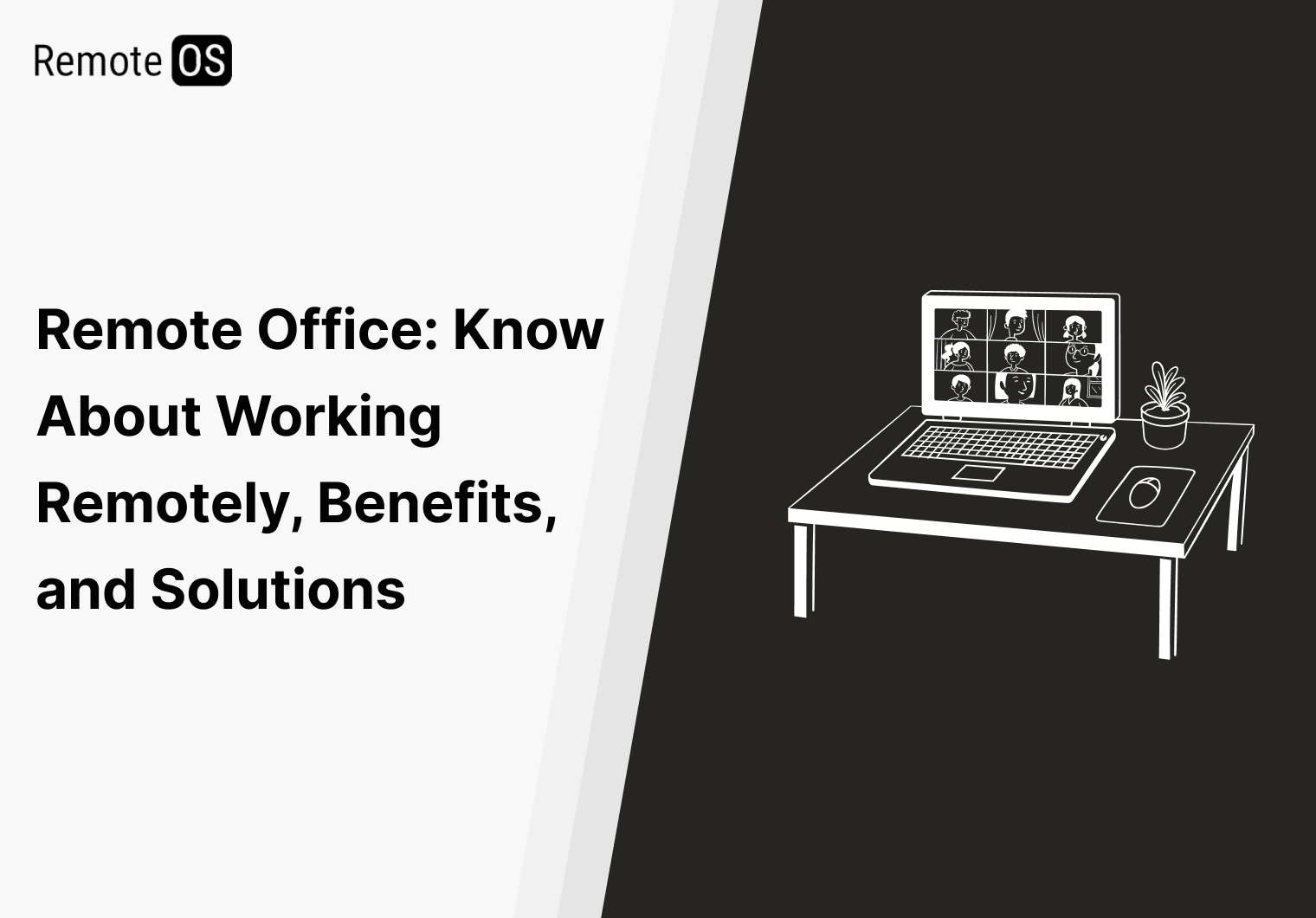What Is A ‘Remote Office’ By Definition?
In today’s work environment, the notion of a ‘work from anywhere’ office has gained more traction among employees and employers alike. A remote office is an office and its attendant facilities, which is not limited to a conventional office. It allows employees to work from anywhere, their place of residence, an eatery, a shared office space, or even another nation. It has been a game-changer in the way companies conduct their business and how the meaning of work for employees is perceived in several ways.
Why Is It Necessary To Have A Remote Office?
As has been noted, a remote office allows employees to execute their tasks from within their home and separate locations of the company, to the effect that a lot of technology has to be used in communication and various interactions and management of tasks. Some of the essentials for a remote office include;
- Internet access: Each and every remote working environment needs robust internet as its core functionality to ensure collaboration via emails, project management tools, and the attendance of virtual meetings.
- Messaging Systems: It is important for dispersed employees to stay in touch and latest messaging systems like slack, teams, zoom facilitate this efficaciously.
- Tools for Project Management: It is common for a team to use collaborative tools for project management such as Trello, Asana, Jira among others to plan activities, assign and monitor tasks, set deadlines and status updates.
- Assuring Protection to Company Resources: Virtual Private Networks (VPNs) and other security measures make sure that even when there is remote access to the specific company’s information it stays protected.
Benefits of Working in a Remote Office
- Enhanced Convenience: The comfort of working distantly out of the office is perhaps among the greatest benefits. Employees can remain at their chosen place of work regardless of their confines be it a residence, coffee shop or even on the way.
- Reduced Cost: Employers and employees are able to cut operational costs when using a remote office. Cost overheads like rent for office space, bills for electricity and supplies are minimized for the firms whereas cost for transporting to work, dressing appropriately for the working environment and dining can be less for the employees.
- Employees from Anywhere in the World: Having a remote office structure takes away office location constraints on the companies since they can recruit employees from anywhere in the world.
- Better Integration of Work and Personal Life: In many situations remote offices can get employees away from the tasks without sacrificing work at the same time a need is to combine personal activities with professional hence reduces stress and enhances productivity.
- Reduction of Carbon Footprints: Remote offices help to mitigate carbon emissions due to the reduced number of movements made by people going to work which is more efficient.
Cons of a Remote Office and Suggestions
Isolation and Loneliness
- Solution: To avoid feeling left out, humanity and development may make use of virtual team-building activities, set up video calls, or go ‘remote’ from their homes to work at a shared desk or cafe. For instance, utilizing Slack will ease sense of isolation and ensure effective communication.
Communication Problems and Deficiencies
- Solution: To amend this situation, procedures for communication must be outlined. Hierarchy is the organization of different types of communication, like, instant messaging for conversations that are quick and require immediate attention, emails for communications that will, be factual and video calls for matters that need explainers.
Distractions and Low level of productivity
- Solution: To heal this, an isolated working area should be designated, and the work-life balance composed clearly to eliminate frustrations of work-related engagements. Bringing in the concept of regular sitting, meetings, or check-ins complemented by the use of definite goals would bring about order.
Team Management Difficulties
- Solution: Management should embrace non-linear approaches to work to achieve desired results as opposed to seeking to clock more hours. As a way of addressing the discharge of duties, team management can compound the use of One-to-One meetings, stating Requirements inclusive of Time frames, looking up the Management System for tasks.
Security Problems
- Solution: It is important to protect company data by ensuring that all employees access to secure networks, implementing elements like strong passwords and by utilizing VPNs. Such employees’ regular training on the fundamentals of cybersecurity is important in especially a long-distance office environment.
Conclusion
Business remote working arrangement presents several benefits to employers and employees However, there are some drawbacks for instance challenges with communication, risks of loneliness and security issues that employees face. Practical solutions that aptly mitigate these cons, facilitate the establishment of a fruitful remote office that is favourable with the entire parties involved. Acceptance of the concept of a remote office does not only position organizations in readiness with the workplace of the future but encourages a more diverse and dynamic work culture within the organizations.
Feel free to give your feedbacks and suggestions in the comments section on have you understood these remote working models?
Follow RemoteOS for updates on interesting articles!
Keep exploring and innovating!!


Leave a Reply